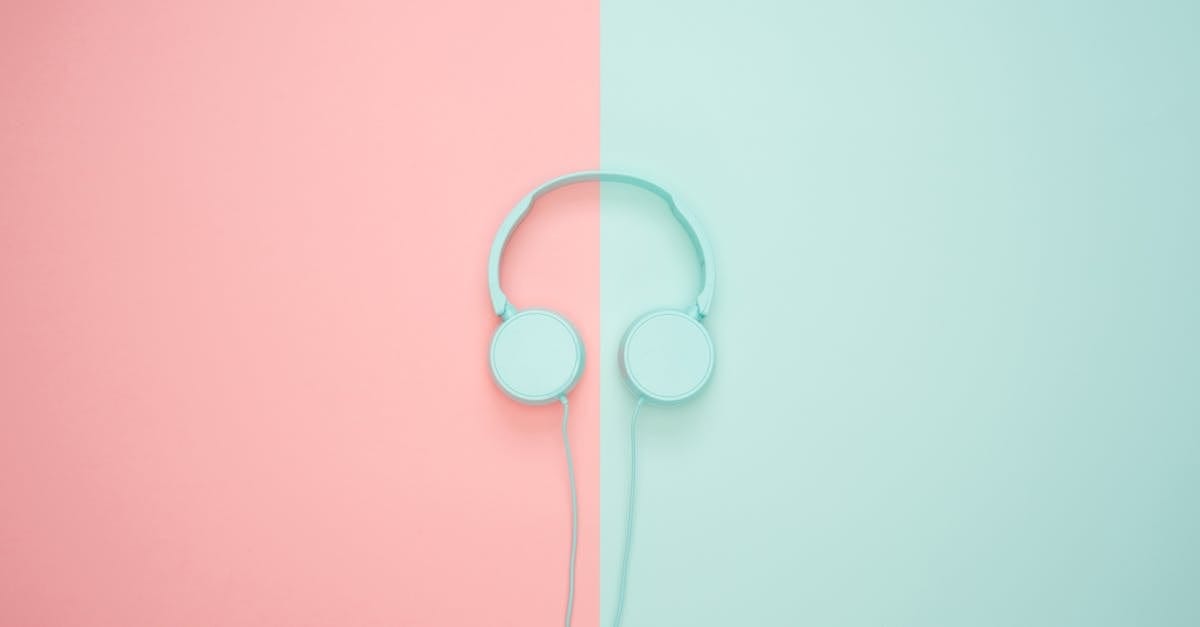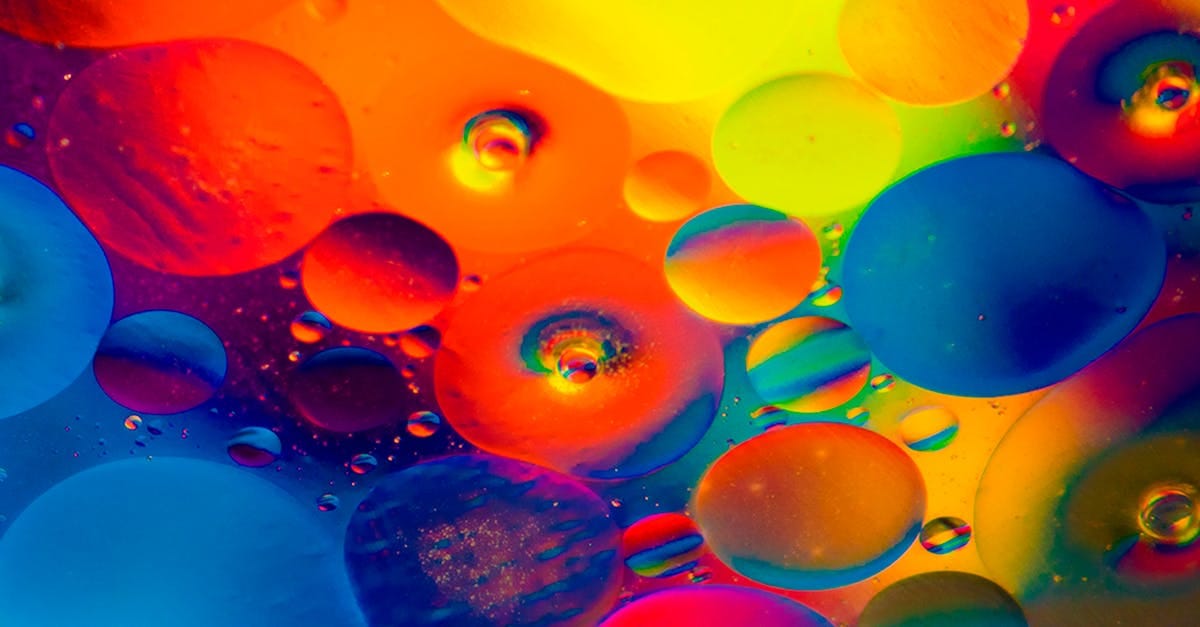Color plays a vital role in landscape design, impacting the mood and functionality of outdoor spaces. By understanding color theory and incorporating warm and cool hues, one can create environments that resonate emotionally. Seasonal variations in color ensure year-round interest, while choosing complementary and analogous schemes fosters visual harmony. Elements like plants, decorative features, and focal points enhance the overall design. However, it’s essential to avoid common mistakes, such as overloading on colors or neglecting environmental considerations. This article explores these fundamental aspects, providing insights into creating vibrant, cohesive outdoor landscapes.
Current Trends in House Painting and Remodeling
In the ever-evolving world of home aesthetics, painting and remodeling are two powerful tools that homeowners can leverage to breathe new life into their spaces. With an increasing focus on personal style and comfort, these trends have become more exciting and accessible than ever. From bold color palettes to innovative materials, the current landscape is rich with options that promise to enhance any home’s appeal and functionality.
Whether seeking to create a tranquil retreat or a vibrant entertaining space, understanding these trends can guide homeowners in making informed choices. Incorporating eco-friendly paints, experimenting with textures, or opting for a unique design element can significantly impact the overall ambiance of a home. This article delves into the most sought-after trends in house painting and remodeling, highlighting popular colors, techniques, and innovative materials that define today’s contemporary design landscape. Join in as we explore practical tips tailored for homeowners eager to transform their residences into extraordinary living environments that reflect their personal taste.

| Aspect | Details |
|---|---|
| Color Psychology | Colors impact emotions and the overall atmosphere of a landscape. |
| Visual Appeal | Well-chosen colors enhance visual interest and aesthetic beauty. |
| Seasonal Variation | Color choices should reflect seasonal changes for year-round appeal. |
| Focal Points | Bright accent colors help to highlight specific features and areas. |
| Color Harmony | Complementary colors create a sense of unity and balance in the design. |
| Spatial Perception | Colors can alter the perceived size and openness of a space. |
| Cultural Significance | Different colors may hold varied meanings based on cultural contexts. |
| Maintenance Considerations | Choosing the right color can affect upkeep and care needs of plants. |
Current Trends in House Painting and Remodeling
The world of house painting and remodeling is ever-evolving, shaped by changing styles, technology advancements, and customer preferences. Homeowners today seek ways not only to enhance the beauty of their spaces but also to create environments that reflect personal tastes and lifestyles. As trends shift, it’s important to stay informed about what styles are dominating the market and how to effectively implement them in your home.
The Rise of Sustainable and Eco-Friendly Materials
One of the most significant trends in recent years is the increasing demand for sustainable materials in home remodeling. Homeowners are becoming more conscious of their environmental impact and are opting for eco-friendly paint and construction materials.
- Low-VOC and Zero-VOC Paints: These environmentally friendly paints emit fewer volatile organic compounds, making them a healthier choice for indoor air quality.
- Reclaimed Wood: Using reclaimed wood for remodels not only adds character but also reduces the need for new timber.
- Energy-Efficient Windows: Upgrading to energy-efficient windows can dramatically reduce energy costs and enhance the home’s comfort.
Alongside these materials, homeowners are increasingly choosing energy-efficient appliances and fixtures that complement their new aesthetics while reducing energy consumption.
Bold Colors and Unique Finishes
Gone are the days when neutral palettes dominated the walls of homes. Bold, vibrant colors are making a comeback, reflecting individuality and creativity.
- Accent Walls: Frequently seen in living rooms and bedrooms, these walls feature bold colors or unique textures to create a stunning focal point.
- Textured Finishes: Techniques such as stucco or Venetian plaster add depth and character to plain walls, moving beyond traditional flat paint.
- Dark Colors: Deep hues like navy blue, forest green, and charcoal gray are favored for creating inviting atmospheres in spaces like dining rooms.
Such color choices allow homeowners to express their personality while transforming mundane spaces into visually stimulating environments.
Embracing Technology in Home Remodeling
Technology is significantly impacting home remodeling, providing innovative solutions that increase the efficiency of projects. Smart home technology has infiltrated numerous facets of the remodeling process, from design to execution.
- Virtual Reality (VR): VR tools allow homeowners to visualize their projects before they begin, helping them make informed design decisions.
- Augmented Reality (AR): AR apps facilitate the placement of furniture and decor items virtually within a space to see how they fit with existing aesthetics.
- Smart Home Integration: Remodels are now often designed to accommodate smart technology, from lighting that can be controlled via a smartphone to energy-efficient systems that reduce overhead costs.
These advancements streamline the remodeling process and enhance user experience by providing a cohesive connection between design and functionality.
Open Concept Living Spaces
The trend of open-concept spaces remains strong, offering a sense of fluidity and connectivity between various areas of a home.
- Kitchen and Living Room Integration: By removing walls between kitchens and living areas, homeowners create a more social environment and make spaces feel larger.
- Flexible Spaces: Incorporating movable partitions or sliding doors can help define areas when needed without compromising the open feel of the home.
- Natural Light Enhancement: Using large windows or skylights in these spaces maximizes natural light, promoting warmth and openness.
This design trend transcends mere aesthetics; it fosters a sense of togetherness among family members and can even improve functionality for entertaining guests.
Minimalism and Decluttering
In a world that often feels chaotic, many homeowners are turning to minimalism to promote tranquility. This trend advocates for simplicity, clean lines, and functionality.
- Decluttered Spaces: Focusing on fewer, well-chosen items brings more significance and beauty to the spaces.
- Simplified Color Palettes: Soft, neutral color schemes dominate, creating calming atmospheres ideal for relaxation.
- Multi-Functional Furniture: Investing in furniture that serves multiple purposes helps save space and maintain a tidy appearance.
By embracing minimalism, homeowners can create serene environments that promote both mental and physical well-being.
Custom and Personalized Designs
Today’s homeowners desire spaces that reflect their unique tastes and lifestyles. Custom designs allow for personalization, showcasing individuality through tailored touches.
- Custom Cabinets: Homeowners are opting for bespoke cabinetry that aligns with their design preferences and practical needs.
- Tailored Lighting Solutions: Personalized lighting approaches, such as pendant lights in unusual shapes or colors, act as conversation starters.
- Artwork and Decor: Integrating personal artwork or heirloom pieces can give spaces distinct personality and charm.
These unique designs establish a direct connection between the owner and their home, making the space truly one-of-a-kind.
Outdoor Living Spaces
The trend of extending living areas outdoors continues to gain traction, recognizing the value of outdoor spaces as extensions of the home.
- Decks and Patios: Building or refurbishing these areas creates inviting spots for relaxation and entertaining.
- Outdoor Kitchens: Equipped with grills, sinks, and food prep areas, outdoor kitchens enhance the al fresco dining experience.
- Landscaping Incorporation: Thoughtfully designed gardens and pathways connect outdoor living areas to the surrounding natural environment.
This shift towards outdoor living not only increases property value but also enriches quality of life, bringing the joys of nature right to your doorstep.
Color Trends in Home Remodeling
Finally, keeping up with the latest color trends can significantly impact the aesthetic appeal of interiors and exteriors.
- Jewel Tones: Rich colors such as emerald green, amethyst purple, and sapphire blue are popular for creating bold, luxurious interiors.
- Soft Neutrals: Creams, taupes, and greys continue to provide beautiful backdrops, easy to accessorize and personalize.
- Earthy Tones: Shades inspired by nature, like terracotta, olive green, and deep browns, promote warmth and connection to the environment.
Choosing the right colors goes beyond aesthetics; it creates moods and influences feelings, making it essential to select colors that resonate with personal preference and complement the overall home style.
For more inspiration on color and design, consider exploring color design strategies and insights on color transition techniques for your home.

Transform Your Home Today!
Ready to elevate your space with stunning paint and renovation? Our expert team is dedicated to bringing your vision to life, ensuring quality craftsmanship and personalized service. Whether it’s a fresh coat of paint or a complete remodel, we are here to help you create the home you’ve always dreamed of.
Current Trends and Tips in House Painting and Remodeling
Popular Color Trends
- Warm Earth Tones: Embracing shades like terracotta, ochre, and soft greens can create a cozy, inviting atmosphere.
- Bold Accent Walls: Using vibrant colors on a single wall adds a dynamic focal point in any room.
- Neutrals with a Twist: Consider neutral colors with subtle undertones, like greige or bluish grays, to keep spaces chic yet comforting.
- Pastel Shades: Soft pastels are making a rise in popularity, especially in nurseries and calming spaces.
- Monochromatic Palettes: Sticking to various shades of a single color adds depth without overwhelming the space.
Innovative Painting Techniques
- Ombre Effects: Gradually blending colors from dark to light creates a stunning visual impact.
- Textured Finishes: Applying techniques like sponge painting or rag rolling adds sophisticated depth and character to walls.
- Peel and Stick Wallpaper: This trendy option allows for easy updates without the commitment of traditional wallpaper.
Materials and Tools for Remodeling
- Eco-Friendly Paint: Utilize sustainable paint options that are low in volatile organic compounds (VOCs) for healthier indoor air quality.
- Smart Home Integration: Incorporating smart technology can enhance functionality and convenience in remodeled spaces.
- High-Quality Primers: Invest in premium primers to ensure paint adheres well and provides a longer-lasting finish.
Design and Style Trends
- Open Concept Living: This continues to dominate renovations as it promotes social interactions while maximizing space utilization.
- Natural Materials: The use of wood, stone, and other natural elements is on the rise, enhancing aesthetics and embodying a warm ambiance.
- Modern Vintage: Blending contemporary design with vintage pieces creates an eclectic yet curated look.
Frequently asked questions
Glossary of Key Terms Related to Current Trends in House Painting and Remodeling
- Color Palette
- A coordinated set of colors used in design to create a unified aesthetic across a space.
- Accent Color
- A color that is used sparingly within a decor scheme to draw attention or create focal points.
- Color Psychology
- The study of how colors affect human emotions and behaviors, influencing design choices.
- Monochromatic Scheme
- A design approach using variations of a single color to achieve harmony and depth.
- Textured Finishes
- Paint or wall treatment techniques that add depth and tactile quality to surfaces.
- Open Concept
- A design style where living spaces are merged into one open area to create a sense of space and flow.
- Eco-friendly Materials
- Building and renovation products that are sustainable, reducing environmental impact.
- Trendy Colors
- Colors that are currently popular within the design community, influencing choices in home decor.
- Focal Point
- A prominent feature in a room or landscape that attracts attention and serves as a visual anchor.
- Upgrade vs. Renovate
- The distinction between improving existing features (upgrading) and making significant structural changes (renovating).
The essential role of color in landscape design cannot be overstated. It shapes not only the visual appeal but also the emotional experience of a space. By understanding color theory—from the significance of warm versus cool colors to the psychological effects of specific hues—designers can create areas that resonate with their intended purpose. Thoughtful choices about color palettes, seasonal variations, and focal points enhance the beauty and functionality of a landscape. Readers are encouraged to explore the power of color in their own designs and apply these insights to create vibrant, harmonious outdoor spaces that reflect their unique style.
Recommendations for The Essential Role of Color in Landscape Design
Understanding Color Psychology
Understanding how color influences emotion is key in landscape design. Use color deliberately to create the desired mood in your outdoor space.
- Calmness with Cool Colors: Incorporate shades of blue and green to promote tranquility in relaxation areas.
- Energy with Warm Colors: Integrate warm hues like reds and yellows in spaces meant for social interaction, such as dining areas.
Choosing a Color Palette
Selecting a coherent color palette is essential for harmony. Aim to create cohesive visuals that reflect the surrounding environment and enhance the architecture of your home.
- Dominant Color: Begin with a dominant color that sets the overall theme. This unifying hue will anchor your landscape.
- Accent Colors: Choose 1-3 accent colors to complement the dominant shade. Use them sparingly to highlight focal points like flower beds or garden furniture.
Incorporating Seasonal Color Changes
Plan for year-round visual interest by considering plants and features that change colors with the seasons.
- Seasonal Plant Selection: Choose a mix of plants that bloom in different seasons, ensuring continuous color.
- Flexible Elements: Use movable features like cushions or decor that can be swapped out to reflect seasonal themes.
Avoiding Common Mistakes
Be mindful of mistakes that can disrupt visual harmony in your landscape.
- Limit Color Combinations: Avoid using too many clashing colors; stick to a palette of 3-5 shades.
- Environmental Harmony: Ensure colors enhance rather than clash with the surrounding natural environment.
Transform Your Space Today!
Unlock the full potential of your home with our expert painting and remodeling services. Enhance your living environment and reflect your unique style. Get in touch now to discover how we can bring your vision to life!
Sophia Torres is the creative mind behind the most dazzling transformations at TS Painting & Restoration. With a strong background in interior design and a deep passion for tropical color palettes, she has helped hundreds of clients revitalize their spaces into vibrant and inviting environments. Born in Colombia and raised in Florida, Sophia brings a unique perspective to her work, blending Latin American influences with modern design trends.
Sophia’s vision of color goes beyond the conventional. She is known for her ability to create bold and unexpected combinations that reflect Florida’s natural beauty. Her focus on color psychology and strategic use of tones allows her to transform any environment, making each project a showcase of her clients’ personal style. On her blog, she shares practical tips on how to choose colors that not only beautify but also enhance emotional well-being and create harmony in the home.
When not working, Sophia enjoys exploring art galleries, experimenting with DIY projects, and finding inspiration in Florida’s lush landscapes. For her, design isn’t just about aesthetics; it’s about creating spaces that tell a story, reflect the identity of those who live there, and evoke positive emotions. At TS Painting & Restoration, Sophia is committed to helping homeowners discover how colors can transform their homes into true havens of tranquility and beauty.


